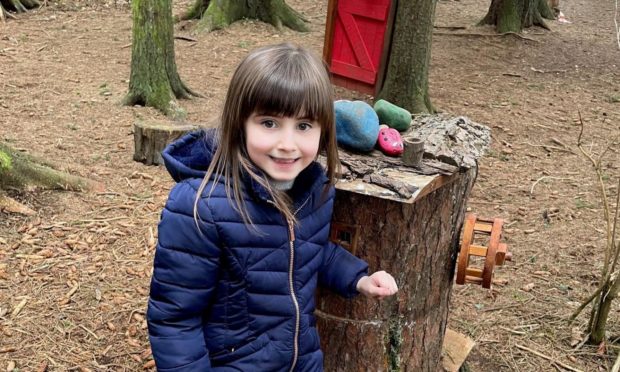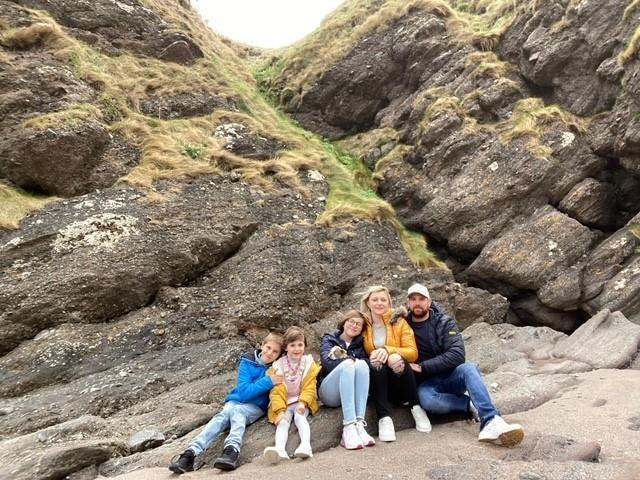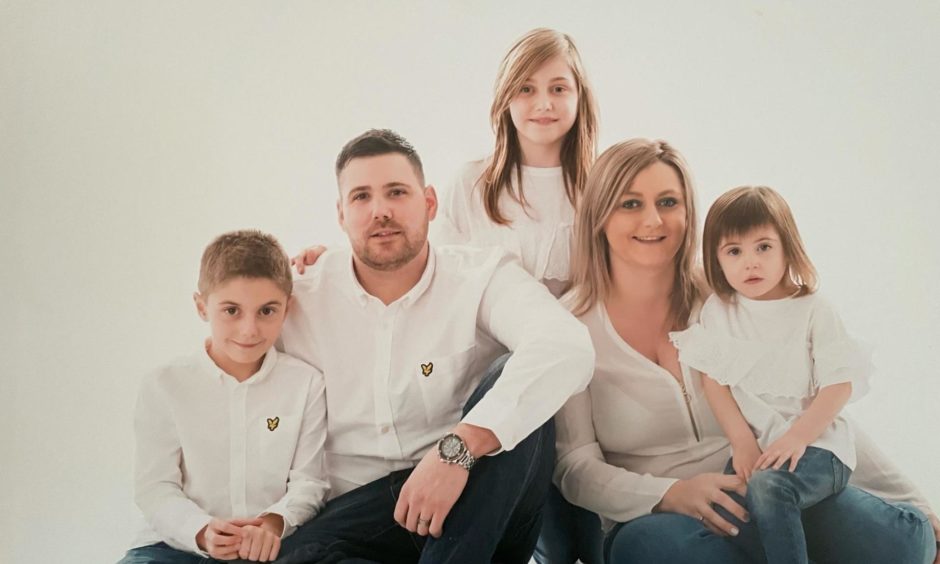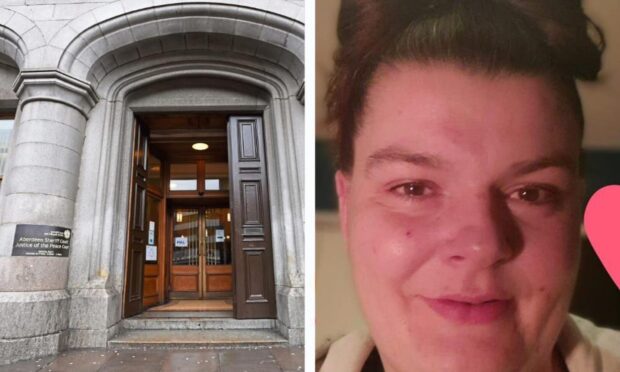A loving mum has opened up about her heartbreak, after her five-year-old was diagnosed with a rare life-limiting condition.
Danielle Cresswell, from Whitehills, said she is determined to give her daughter Abbie “the best life possible”, after they discovered the pupil was suffering from type three juvenile Batten Disease.
The incurable genetic disorder affects the nervous system and takes a child’s ability to walk, see and talk, while causing uncontrollable seizures.
Abbie was first taken for a check-up with a local optician, when her primary teacher alerted the parents that she was having trouble reading.
However, nothing appeared to be wrong and she was given glasses with a small prescription as a precaution.
As Abbie’s sight didn’t appear to improve with the glasses, Mrs Cresswell and her husband Ben, 32, decided to take her for further tests and scans in Aberdeen.
After several weeks of waiting for the results, her parents were given the devastating news about their daughter’s condition.
Mrs Cresswell said: “The doctor sat us down and told us Abbie has juvenile Batten Disease, which will take over her whole body – she will lose her sight, speech, ability to walk, she will get dementia and be tube fed – and we were told that children with this disease are very lucky to see into their teens.
“The moment I heard this, I felt like my life had been torn apart – I broke down in tears and I just had to go away, because I couldn’t believe it.
“I was thinking how I’ve never even heard of this disease and now Abbie has it and there is no cure or treatment whatsoever.
“The most hurtful and hardest part to deal with is that it’s not like it’s a sudden thing.
“We’ve got to actually take every day and watch her deteriorate slowly until the end.”
She added: “She has noticed that her eyesight is getting worse and gets quite agitated at times when she can’t see her toy or can’t do a puzzle.
“Things will get harder when I’ll have to do everything for her, and I’ll just quit my job and be at home with her, but I would never ever want anyone else to do it.
“It’s still very hard to even get our heads around it and I’m just hoping and praying that it’s going to be fine and some cure or treatment might come out.
“I want Abbie to have the best memories and I’m going to do everything I can for her.”
Making Abbie’s dream come true
Mrs Cresswell, who currently works as a home carer, added the hardest thing was to tell her older children – 10-year-old Scott and 12-year-old Kacey.
However, they are determined to create as many memories with Abbie as possible and keep the smile on her face.
The five-year-old’s biggest dream has always been to visit Disney World in Florida and turn into a magical princess among the characters she adores.
Now, family and friends have launched a fundraising page to make Abbie’s dream come true and take her for a holiday of a lifetime, before her condition deteriorates.
More than £14,000 has already been raised with local businesses and charities also taking part in the campaign with sponsorship events to support the family as they go through “the most difficult time”.
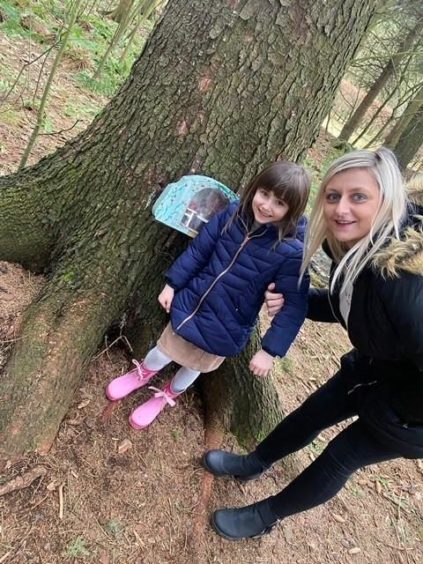
Mrs Cresswell added: “I was just so overwhelmed and completely shocked with everyone’s donations and messages.
“Abbie is absolutely over the moon and can’t wait to go to the castle, see the dolphins and get a make-over as a Disney princess.
“She wakes up every morning asking me how many sleeps before we go to Disney World and I love seeing her so excited and being able to give her that.
“There is still a lot of memories to make and I want to keep it going.
“We want to take her on trips around Scotland to see the waterfalls, go on caravan holidays, take weekends away from the house and try to give her the best life possible.
“The one thing we can do is give her everything we can in our power and make more people aware of this very rare disease.”
People can give donations to the fundraiser page, which will remain open to support the family.
What is Batten disease?
Also known as Neuronal Ceroid Lipofuscinoses (NCLs), Batten disease is an exceptionally rare condition.
Covering a number of genetic life-limiting diseases, it is caused by mutations in 13 genes in the body, which can each cause different symptoms.
It is estimated that only between one and three children in the UK are diagnosed with it every year – with no more than 150 people throughout the country currently living with it.
Youngsters often appear healthy before they are diagnosed, and patients typically find they lose their eyesight, begin to experience seizures and muscle spasms, and have difficulty with speech and language.
Their motor skills will also decline, resulting in a loss of mobility. Others can experience memory loss and hallucinations.
The Batten Disease Family Association says this will ultimately lead to a young person becoming “totally dependent” on their families and carers to meet their needs.
Those who are diagnosed at a young age typically die in early childhood.
However, others who have late-onset forms of the disease could live into their thirties.
Currently there is no cure for Batten disease, but symptoms can be managed to provide children a better quality of life.
In recent years, clinical trials have been taking place to find medicines which could slow the progression or symptoms for certain types of the illness.
Batten disease was first recognised by Dr Frederik Batten in 1903, but it was not until 1995 that scientists were able to identify some of the genes which cause it.
Since then, more than 400 mutations of 13 different genes have been linked.
